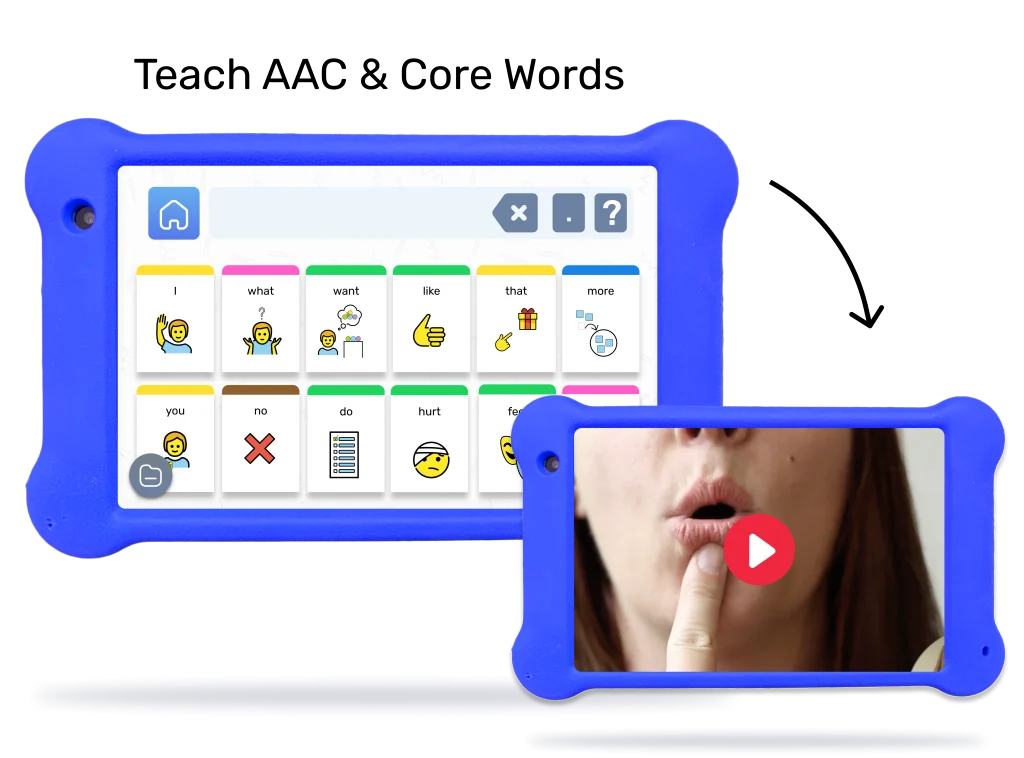Exciting news for parents of children with autism or selective mutism! Scientists have made a fantastic discovery about how these two conditions might be connected. This groundbreaking research is shedding light on the experiences of neurodiverse kids and offering new ways to support them. If you’ve been wondering about the link between autism and selective mutism, get ready to learn some amazing facts that could help your child thrive!
Table of Contents
Understanding Autism and Selective Mutism
First things first, let’s define these terms. Autism is a neurodevelopmental disorder that affects social communication, behavior, and sensory processing. Kids with autism may face challenges in social situations and exhibit repetitive or rigid behaviors. On the flip side, selective mutism is an anxiety disorder where a child is unable to speak in specific situations, despite being able to speak comfortably in others.
Research indicates a potential link between autism and selective mutism. Some studies have found that a small percentage of children with selective mutism also have an autism diagnosis. However, it’s crucial to remember that the majority of kids with selective mutism do not have autism and vice versa.
Similarities and Differences Between Autism and Selective Mutism
Both conditions have distinct features, but they also share some commonalities that can make it challenging to differentiate between the two. Let’s break down the similarities and differences:
| Similarities | Differences |
|---|---|
| Both autism and selective mutism can affect a child’s communication and social interactions. | Autism is a lifelong neurodevelopmental disorder, while selective mutism is an anxiety disorder that can be resolved with appropriate support and intervention. |
| Children with either condition may exhibit anxiety or appear withdrawn in social settings. | Children with autism often display repetitive behaviors and sensory sensitivities, which are not common in kids with selective mutism. |
| Both conditions can be diagnosed in early childhood. | Selective mutism involves a consistent pattern of not speaking in specific situations, whereas communication difficulties in autism are not situation-specific. |
Read More: Autism Spectrum Wheel
Supporting Your Child: Strategies for Neurodivergent Kids

No matter if your child has autism, selective mutism, or both, there are strategies to help support their development and well-being. Let’s explore some tips that can make a difference:
1. Collaboration
Build a team of professionals, including therapists, educators, and medical professionals, to ensure your child receives the right support. Regular communication and collaboration among team members are essential for tailoring interventions to your child’s unique needs.
Keep everyone in the loop about your child’s progress and any changes in their situation. This way, the team can adapt their strategies accordingly, providing the best support for your child’s growth.
“Which language games will help my kid the fastest?” 👇
Goally’s tablet has some of the top language learning games & apps that help kids learn their first 50 words, practice finger dexterity & fine motor skills, AND communicate with AAC.
2. Consistency
Structure and routine can be comforting for kids with autism and those with selective mutism. Establishing consistent expectations, schedules, and environments can help reduce anxiety and promote a sense of predictability for your child.
For instance, create a visual schedule that outlines daily activities and routines. This can help your child know what to expect, reducing anxiety and promoting a sense of control over their environment.

3. Encouragement
Nurture your child’s strengths and interests, whether it’s a passion for art or a love of trains. Fostering their talents can boost self-esteem and provide opportunities for social interaction with peers who share similar interests.
Consider enrolling your child in clubs, classes, or workshops that focus on their passions. This not only develops their skills but also builds connections with like-minded peers.
4. Social Skills Training
Think about enrolling your child in social skills groups or working with a therapist to help them develop essential social skills. This training can benefit kids with autism and selective mutism, as it focuses on building communication, understanding social cues, and managing anxiety in social situations.
Role-playing, social stories, and group activities are just a few examples of techniques used in social skills training to help your child navigate the complexities of social interactions.
Read More: Does My Child Need Speech Therapy?
5. Parenting Strategies
Your role as a parent is vital in your child’s development. Learn about evidence-based parenting strategies, such as positive reinforcement and setting clear expectations, to support your child’s growth effectively.
Attend workshops, read books, or consult with professionals to equip yourself with the knowledge and tools needed to help your child thrive in various situations.

Goally | Teach Kids AAC & Core Words
Is your child facing challenges in expressing themselves or communicating effectively? Goally’s language apps support their journey in building essential communication skills! All of these apps are included our skill-building tablet made for kids.

The Word Lab and AAC Talker apps provide a simple, engaging platform for your child to learn core words and become a functional communicator right from the start. Customize the experience with a voice that suits them, and watch as their confidence grows in expressing their thoughts and needs!
But we don’t stop there. Our Balloon App helps build the skills needed to use AAC by engaging your child with fun, interactive “pop the balloons” exercises. It’s a game-changer for kids who need that extra boost in communication.
Final Thoughts on Autism and Selective Mutism
In conclusion, there may be a potential link between autism and selective mutism, but it’s essential to remember that each child is unique, and their needs will vary. By understanding these conditions and implementing supportive strategies, you can help your neurodivergent child flourish. So, keep learning, stay curious, and remember: you’re not alone on this journey.
FAQs About Autism and Selective Mutism
What are the benefits of visual schedules for children with autism? Visual schedules help children with autism by providing structure and predictability, reducing anxiety, and promoting independence.
How does an emotional regulation app work for kids with selective mutism? Emotional regulation apps use interactive activities to help kids with selective mutism understand and express their feelings, providing a safe and controlled environment for emotional exploration.
What are some effective rewards for children with autism and selective mutism? Effective rewards can be personalized to the child's interests, such as favorite activities, small toys, or additional screen time.
How can parents use learning tools to support their children with autism and selective mutism? Parents can use learning tools like visual schedules or emotional regulation apps to create structured routines and promote self-expression, helping to manage anxiety and enhance communication skills.
How can parents introduce visual schedules to children with autism for the first time? Parents can introduce visual schedules gradually, starting with one or two tasks and gradually adding more as the child becomes comfortable with the system.
This post was originally published on 05/09/2023. It was updated on 05/08/2024.
Emily is a seasoned blog writer for Goally, leveraging her extensive background in child psychology and special education to provide valuable insights and resources for parents. Her commitment to understanding and addressing the unique needs of these children, combined with her expertise in educational strategies, makes her a credible and empathetic voice for families.






